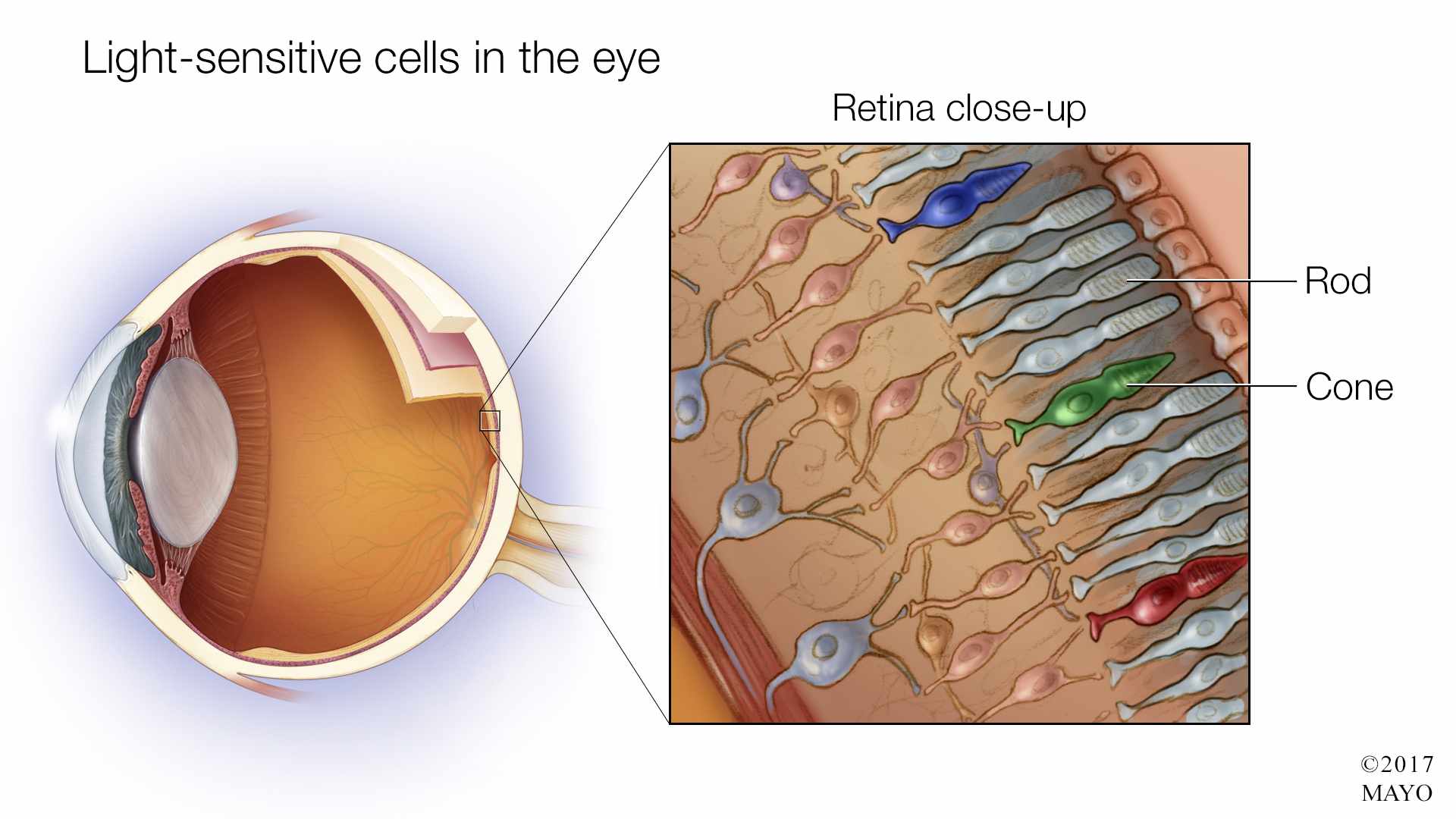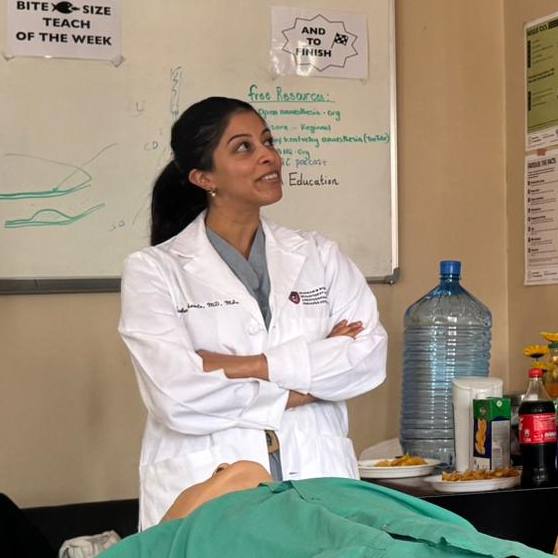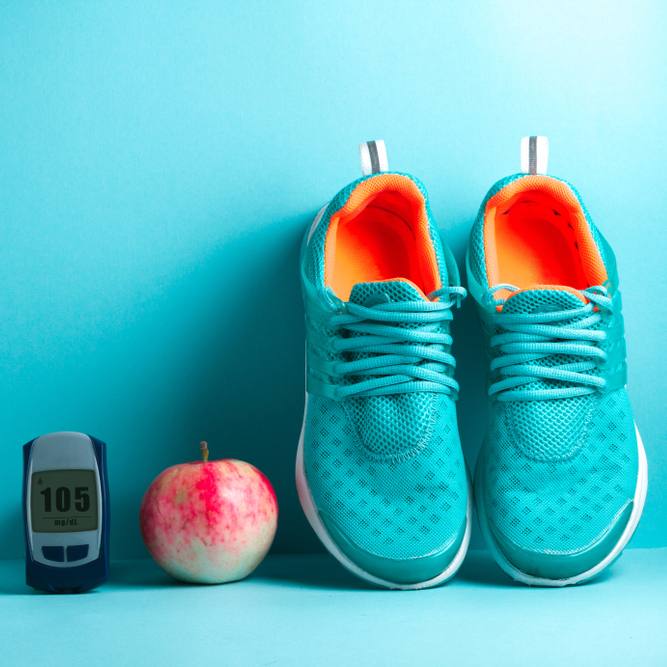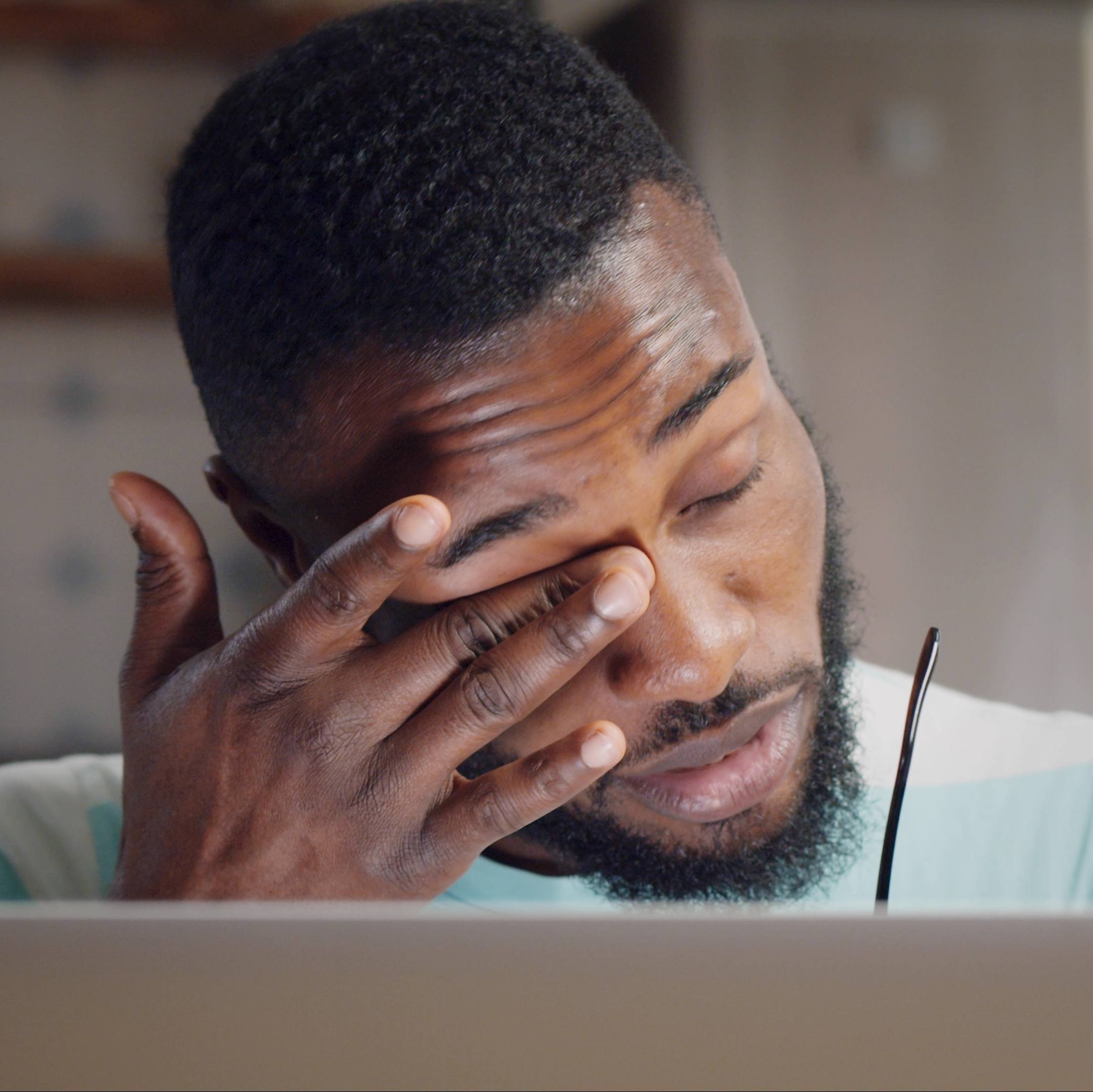-
Mayo Clinic Minute: Tips to safely watch the total solar eclipse
Adults and children across the country will be watching for a rare celestial event on Aug. 21. A total eclipse will be visible for one to two minutes within a narrow 70-mile-wide path through the middle of the U.S., and a partial eclipse will be visible from the remainder of the country.
Dr. William Brown, a Mayo Clinic optometrist, says staring directly at the sun can be damaging to your eyes, but by using specifically designed eclipse glasses, you and your family should be able to thoroughly enjoy this opportunity. Dr. Brown says the only time the sun can be viewed without these proper safety glasses will be during total eclipse — that short time when the moon covers the sun completely. Dr. Brown recommends visiting the American Astronomical Society for a listing of reputable vendors of approved safety eclipse glasses.
Other safe viewing options include pinhole projectors and the darkest welding filters, specifically welding shade number 14.
Journalists: Broadcast-quality video pkg (0:59) is in the downloads. Read the script.
All eyes will soon be to the sky as North Americans await a rare celestial event.
Dr. Brown explains, "A solar eclipse happens when the moon comes between the sun and the Earth, and so, in specific places on the Earth, they line up perfectly. A total eclipse is when you see the moon entirely cover the sun."
How long is it safe to look directly at the sun? Dr. Brown says it's not safe at all.
"I liken it to a camera flash. When a camera flashes, you get this after-image because the rods and the cones have to recover from that. Well, when you’re staring at the sun, they don’t have a chance to recover, and they may totally be lost due to the damage that can occur from looking at the sun."

Dr. Brown says International Standard Organization or ISO 12312-2 eclipse glasses are the only ones to wear to safely view the sun.
"The sun is so intense, regular sunglasses only absorb maybe 90 percent of the sunlight and the light in our environment. Eclipse glasses absorb more like 99.9999 percent."
Check your local library, planetarium or science center for approved eclipse sunglasses. Other safe viewing options include pinhole projectors and filters. Learn how to build your own sun viewer. Visit NASA for more information on viewing the 2017 total solar eclipse.







